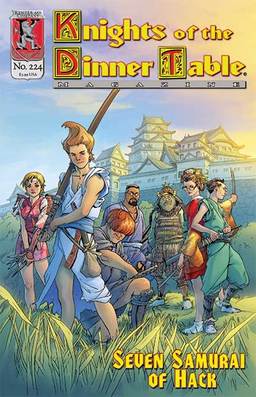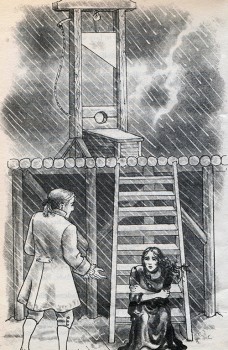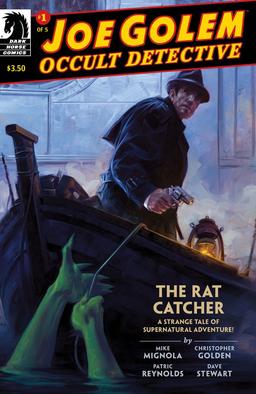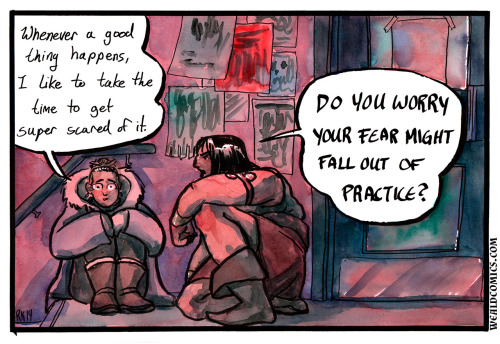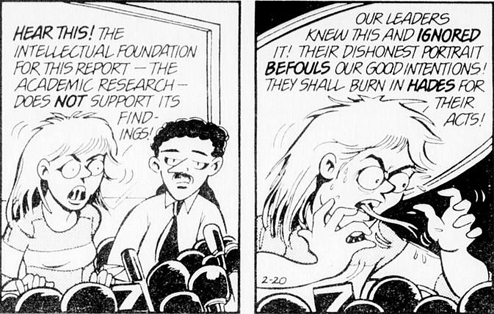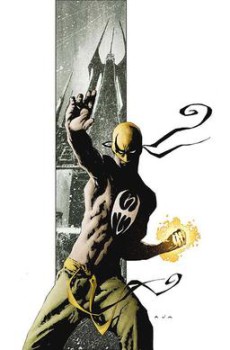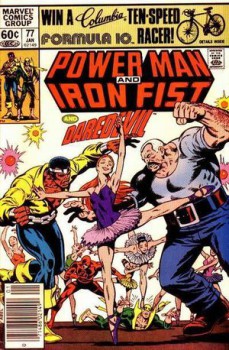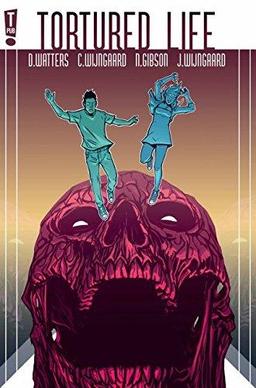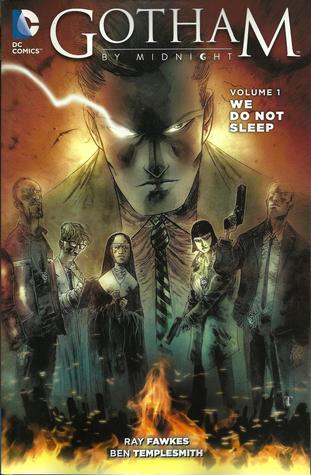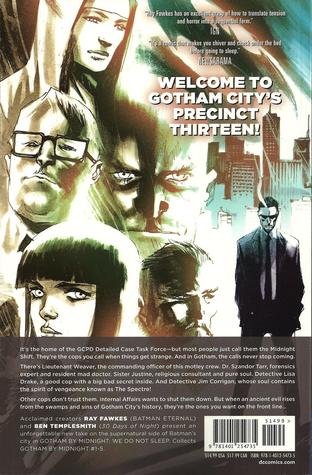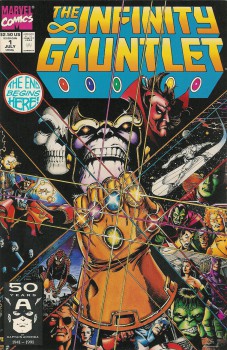Dr. Strange, Part I: Establishing the Mythos: Master of the Mystic Arts in The Lee-Ditko Era

I’ve always liked Dr. Strange. Issue #43 was one of the first four comics my mother gave me in 1980. Stephen Strange is a lonely, stoic hero whose scope of danger and action is nearly always cosmic, and whose inner demons are as powerful as anything he faces with magic.
By the time I was finishing high school, my collection had grown to the point that I had a pretty good grip on his adventures from his first appearance in 1963 to his loss of everything in the late 80s.
Our fearless leader John O’Neill blogged recently about the news of the Dr. Strange movie. I don’t know how I feel about the movie — I have a lot of trouble with disappointing adaptations, but like I did with the Adam Warlock books, I’d like to take a retrospective look on my favorite comic sorcerer.
In my head, the classic Dr. Strange can be broken into three periods. In this post, I’ll look at the establishment of the Dr. Strange mythos in the Lee-Ditko era (roughly Strange Tales #130-#141).
In the early 1960s, there were essentially two creative engines at Marvel. Stan Lee and Jack Kirby had created Thor, the Hulk, the X-Men, Iron Man, the Avengers, and the Fantastic Four. Stan Lee and Steve Ditko had created Spider-Man.
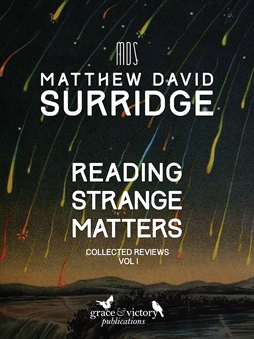 Time flies when you’re having fun. My
Time flies when you’re having fun. My 